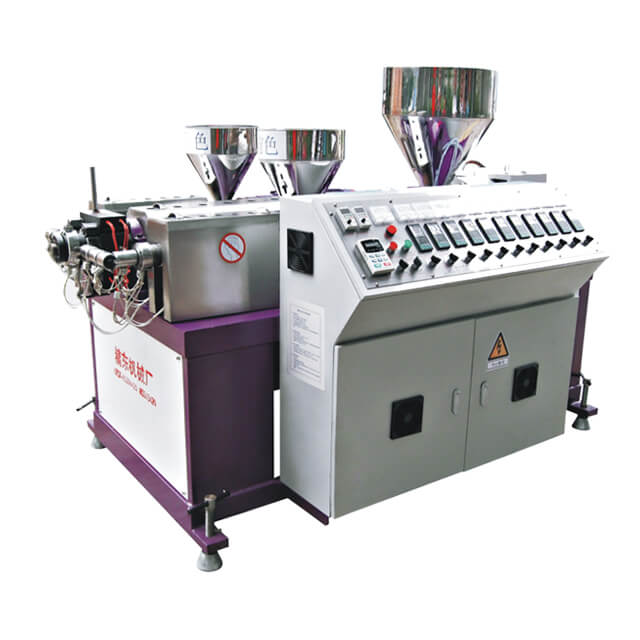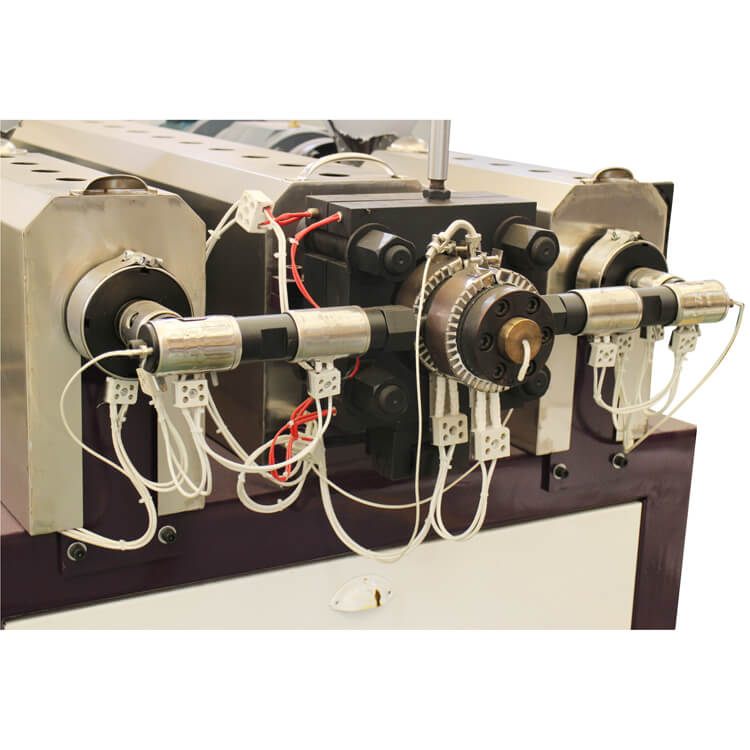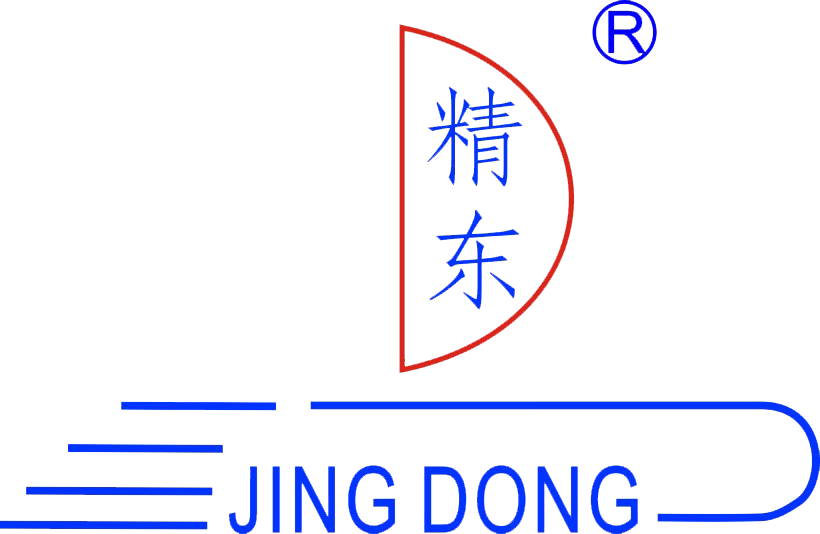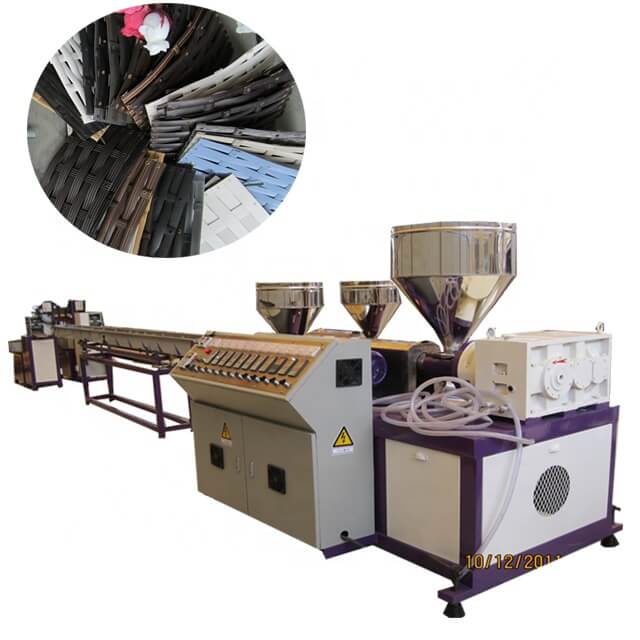
Artificial Rattan Machine vs. Traditional Manufacturing: Key Advantages
In the furniture and home décor industries, artificial rattan has emerged as a preferred material for creating stylish, durable, and sustainable products. The manufacturing of artificial rattan involves two primary approaches: traditional methods and the use of advanced artificial rattan machines. For businesses aiming to scale production and deliver consistent quality, the choice between these methods can significantly impact efficiency and profitability.
This article delves into the advantages of artificial rattan machines over traditional manufacturing processes, showcasing how automation is revolutionizing the industry.
What Is an Artificial Rattan Machine?
An artificial rattan machine is a specialized piece of equipment designed to produce synthetic rattan materials. These machines extrude, weave, and shape rattan to meet diverse design requirements. Unlike traditional manufacturing, which relies heavily on manual labor, artificial rattan machines streamline production through automation, ensuring speed, precision, and uniformity.
1. Efficiency and Productivity
Traditional Manufacturing: Labor-Intensive and Time-Consuming
In traditional rattan manufacturing, the weaving and shaping processes are performed manually. This approach, while capable of producing intricate designs, is slow and heavily reliant on skilled artisans. Seasonal fluctuations in labor availability can further affect production timelines and output.
Artificial Rattan Machines: Faster and Consistent Output
Artificial rattan machines drastically reduce production times by automating key processes. For instance, automated weaving ensures that patterns are replicated flawlessly across products, meeting bulk order demands efficiently. These machines can operate continuously, enabling businesses to fulfill large-scale orders within tight deadlines.
Key Advantage: By adopting artificial rattan machines, manufacturers can increase production capacity while minimizing labor dependency.
2. Superior Quality and Uniformity
Traditional Manufacturing: Prone to Human Errors
Handwoven rattan products often vary in quality due to the natural inconsistencies of manual labor. Factors such as uneven tension or misaligned patterns can lead to defects that impact the final product's appeal.
Artificial Rattan Machines: Precision Engineering
Artificial rattan machines ensure uniform tension and consistent patterns, delivering products with flawless aesthetics. Advanced controls allow manufacturers to replicate intricate designs across thousands of units, maintaining a high standard of quality.
Key Advantage: Uniformity in production not only enhances brand reputation but also reduces waste caused by defects.
3. Cost-Effectiveness
Traditional Manufacturing: High Labor Costs
Traditional manufacturing relies on skilled workers who require fair compensation for their craftsmanship. As wages increase, labor-intensive processes become less cost-effective, particularly for businesses aiming to compete in global markets.
Artificial Rattan Machines: Long-Term Savings
Although the initial investment in artificial rattan machines may be significant, the long-term savings outweigh the costs. These machines reduce reliance on labor, cut down material waste, and optimize resource usage, resulting in lower production costs.
Key Advantage: Businesses can achieve competitive pricing and higher profit margins by leveraging automation.
4. Environmental Sustainability
Traditional Manufacturing: Resource-Intensive
The manual weaving process often involves higher material wastage, particularly when errors occur. Additionally, the environmental footprint of traditional methods can be significant if sustainable practices are not followed.
Artificial Rattan Machines: Optimized Material Usage
Modern artificial rattan machines are designed with sustainability in mind. By minimizing waste and incorporating energy-efficient technologies, these machines help manufacturers adhere to eco-friendly production standards. Many machines are also compatible with recyclable materials, further reducing their environmental impact.
Key Advantage: Environmentally conscious manufacturing appeals to a growing base of eco-minded consumers and stakeholders.
5. Design Versatility
Traditional Manufacturing: Limited by Manual Techniques
Artisans using traditional methods may struggle to meet complex design requirements or large-scale customization demands. This limitation can restrict a brand's ability to diversify its product offerings.
Artificial Rattan Machines: Unlimited Possibilities
With customizable settings and advanced programming, artificial rattan machines can produce a wide range of designs, textures, and finishes. From simple patterns to intricate weaves, these machines provide unmatched versatility, enabling manufacturers to cater to diverse market trends.
Key Advantage: Enhanced design flexibility empowers businesses to differentiate their offerings and capture niche markets.
6. Scalability for Growing Markets
Traditional Manufacturing: Limited Scalability
As demand grows, scaling traditional manufacturing processes becomes increasingly challenging. Hiring and training additional labor to meet rising orders can be time-intensive and costly.
Artificial Rattan Machines: Built for Growth
Artificial rattan machines are designed to handle high-volume production effortlessly. By integrating multiple machines, manufacturers can scale operations seamlessly, meeting market demands without compromising on quality or lead times.
Key Advantage: Scalable automation supports long-term business growth and competitive positioning.

Why Invest in Artificial Rattan Machines?
For businesses involved in the production of artificial rattan products, transitioning to machine-based manufacturing is no longer a luxury but a necessity. Artificial rattan machines not only boost efficiency and quality but also align with modern consumer expectations for sustainability and innovation.
Key reasons to invest include:
- Enhanced profitability through reduced labor costs and waste.
- Improved market competitiveness with faster delivery and consistent quality.
- Sustainability leadership by adopting eco-friendly manufacturing practices.
- Future readiness for scaling and diversifying product offerings.
Conclusion
The shift from traditional manufacturing to artificial rattan machines is transforming the industry. By embracing automation, businesses can overcome the limitations of manual production and position themselves as leaders in the competitive artificial rattan market. Whether it's superior quality, cost savings, or environmental sustainability, artificial rattan machines provide a clear edge over traditional methods.
For professional-grade artificial rattan machines that empower your business to excel, explore the innovative solutions at Jingdong—a trusted name in artificial rattan manufacturing technology.






